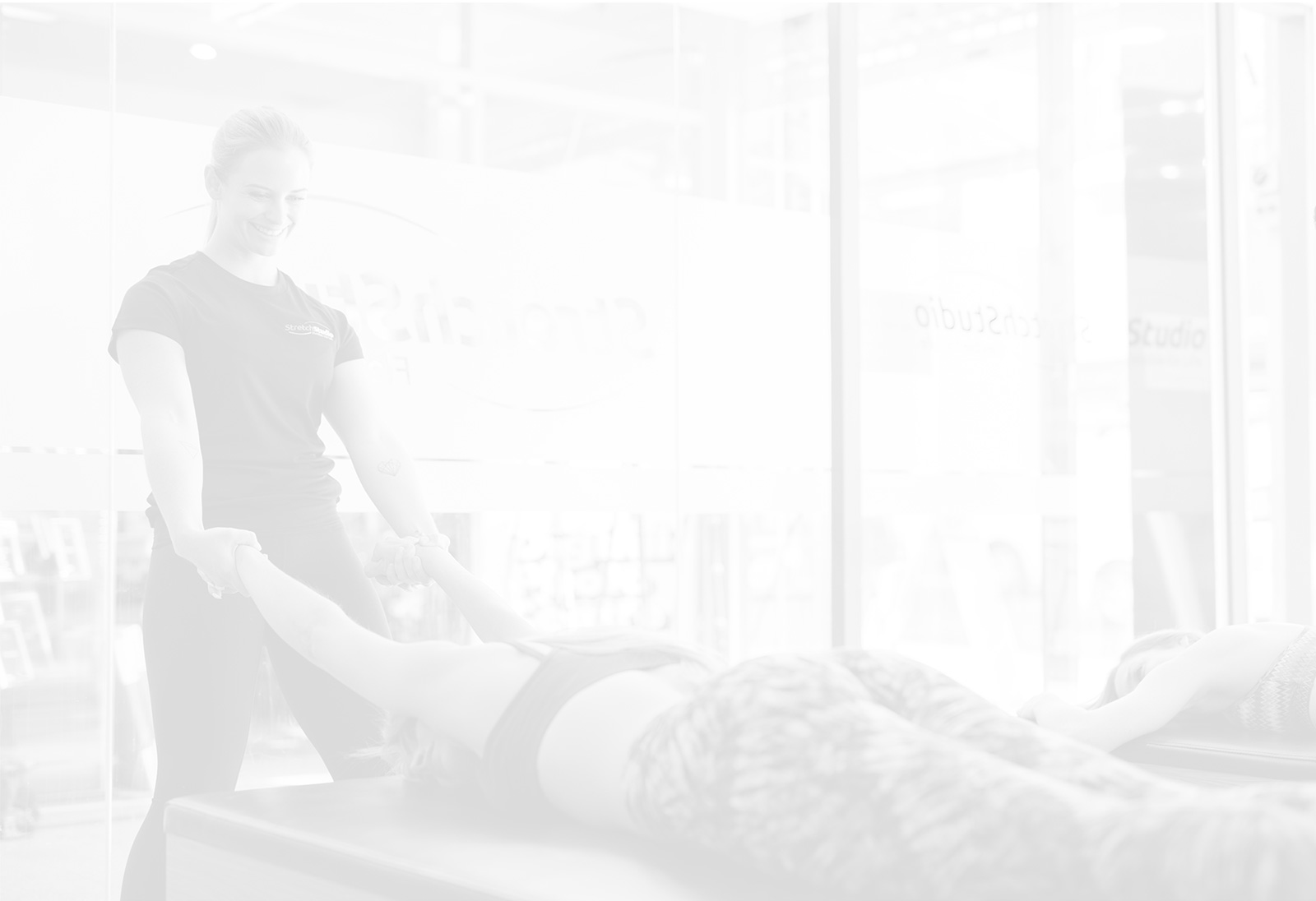Full body stretching is not just a luxury reserved for athletes; it’s a fundamental practice that can significantly enhance performance in both daily activities and sports. By targeting multiple muscle groups and promoting flexibility, mobility, and range of motion, incorporating full body stretch into your routine can lead to improved physical performance, reduced risk of injury, and enhanced overall well-being.
Flexibility and increase range of motion in joints:
One of the primary benefits of full body stretching is its ability to improve flexibility and increase range of motion in joints. By regularly stretching all major muscle groups, individuals can achieve greater flexibility in movements such as bending, twisting, reaching, and lifting. This enhanced flexibility allows for more fluid and efficient movement patterns, whether you’re reaching for an item on a high shelf, bending down to tie your shoes, or performing complex athletic maneuvers on the field or court.
Improved muscle function and coordination:
Full body stretching helps maintain optimal muscle function by preventing tightness and reducing muscle imbalances. When muscles are properly stretched and lengthened, they can contract and relax more effectively, leading to improved coordination and neuromuscular control. This enhanced muscle function translates to better performance in daily activities, such as walking, running, and climbing stairs, as well as in sports that require precise movements and quick changes in direction.
Enhanced injury prevention:
Tight muscles and limited range of motion are common precursors to musculoskeletal injuries, such as strains, sprains, and muscle tears. Full body stretching helps address these risk factors by promoting muscle flexibility, joint mobility, and proper alignment. By regularly stretching tight muscles and maintaining optimal range of motion, individuals can reduce the likelihood of overuse injuries and acute injuries resulting from sudden movements or impacts.
Improved posture and alignment:
Poor posture and alignment can contribute to a variety of musculoskeletal issues, including back pain, neck stiffness, and joint discomfort. Full body stretching exercises target key muscle groups responsible for maintaining proper posture, such as the hamstrings, hip flexors, chest, and upper back. By stretching these muscles regularly, individuals can correct imbalances, alleviate tension, and improve overall posture, leading to reduced strain on the spine and joints and decreased risk of chronic pain and injury.
